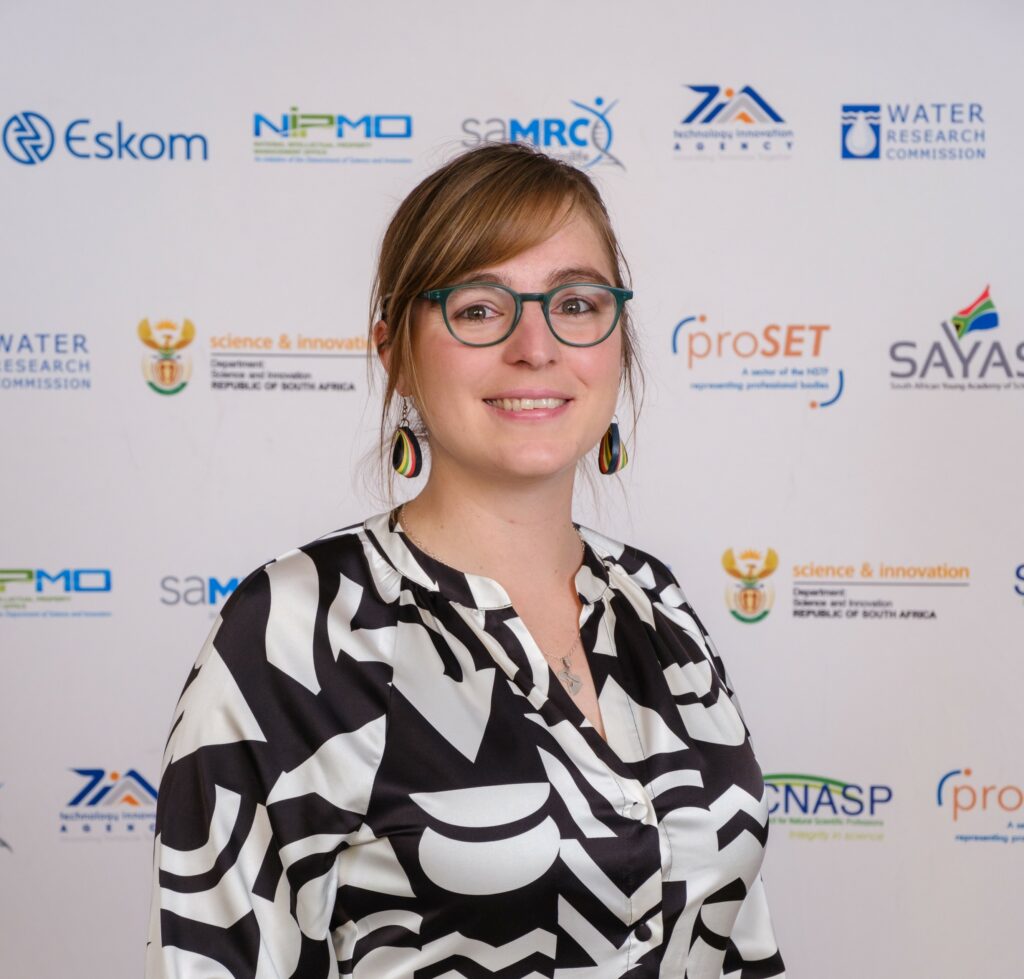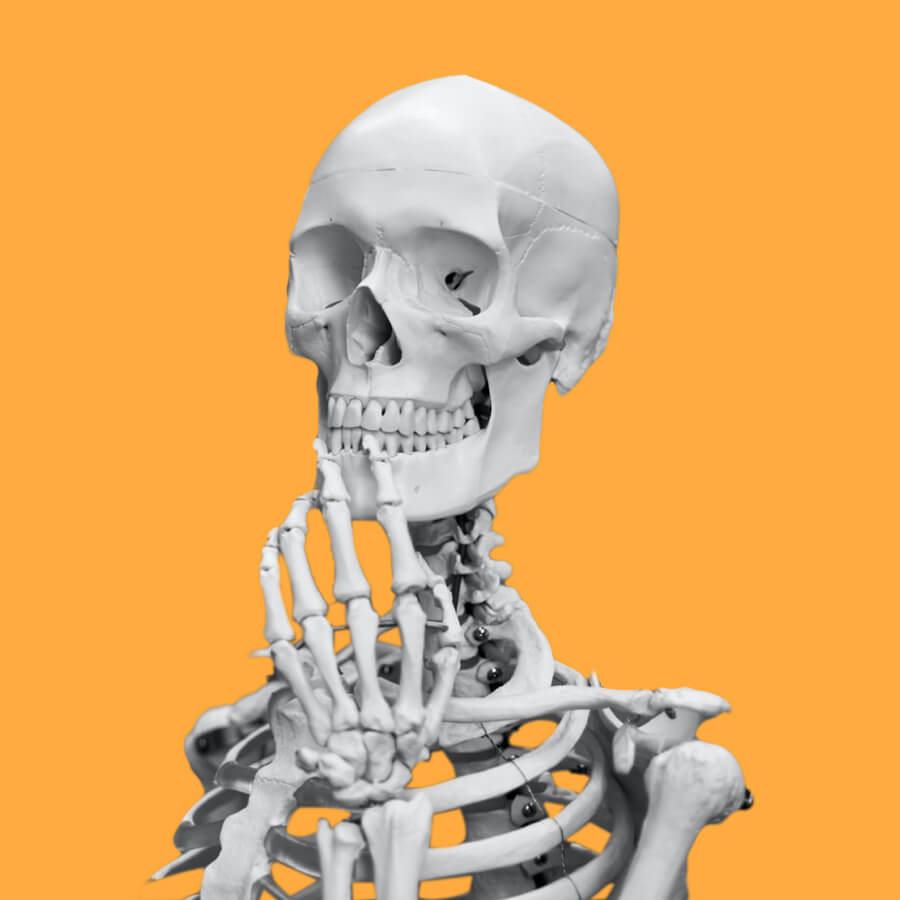Dr Kimi Chapelle
Postdoctoral Fellow
Evolutionary Studies Institute – University of the Witwatersrand and the American Museum of Natural History

Biography
Dr Kimi Chapelle is a South African vertebrate palaeontologist who studies dinosaur growth and development. She currently holds a DSI-NRF GENUS Emerging Researcher Grant at the University of the Witwatersrand, and recently completed a Kalbfleisch Postdoctoral Research Fellowship at the American Museum of Natural History in New York City. She completed her PhD at the Evolutionary Studies Institute at the University of the Witwatersrand in 2019. Her research has mainly focused on basal sauropodomorphs like Massospondylus, the ancestors to well-loved giants like Diplodocus. She explores how these creatures grew, moved, and evolved using a multidisciplinary toolkit comprising micro-computed tomography scanning, osteohistology (studying bones under a microscope), multivariate statistics, and functional and comparative anatomy. She was selected as a finalist for the 2023 National Science and Technology Forum TW Kambule-NSTF Award (Emerging Researcher category), named as one of the 2020 Mail & Guardian 200 Young South Africans for the Science and Technology section, and her research was featured in the 2020 special issue of National Geographic “Reimagining Dinosaurs”. She has been funded by the Paleontological Society, the Society of Vertebrate Palaeontology Jackson School of Geosciences, the Palaeontological Scientific Trust, the Center of Excellence in Palaeosciences, and the South African Department of Science & Technology-National Research Foundation. She has prospected and excavated fossils in South Africa, Lesotho, Zimbabwe and the United States.
Disciplines
Palaeobiology, Osteohistology, Palaeontology
Fields of study
Basal sauropodomorph dinosaurs are my jam, especially the baby ones! These dinosaurs are about 5m long from head to tail, they weigh approximately 500kgs, walk on two legs, eat plants, have long necks and small heads. They're an important group because they give rise to the giants we all know and love like Diplodocus and Brachiosaurus, the largest land animals to have roamed the Earth. My research over the past few years has mainly focused on the fabulous and iconic southern African dinosaur, Massospondylus carinatus (200 million years old). Using a multidisciplinary approach that includes CT-scanning, osteohistology, anatomy and statistics I explore how these creatures grow, move and evolve. At the moment I am mainly working on dinosaur eggs from South Africa and Argentina. I have used high powered scanning methods to look at the babies still in the eggs. I can reconstruct them digitally and in 3D. This allows me to better understand how these animals develop and form
